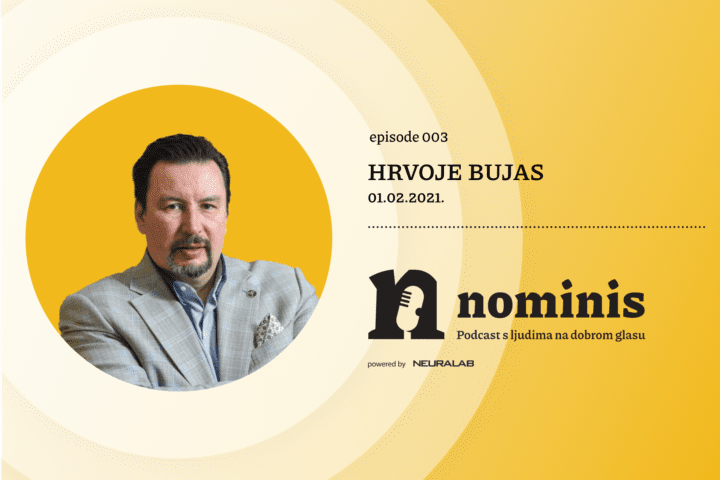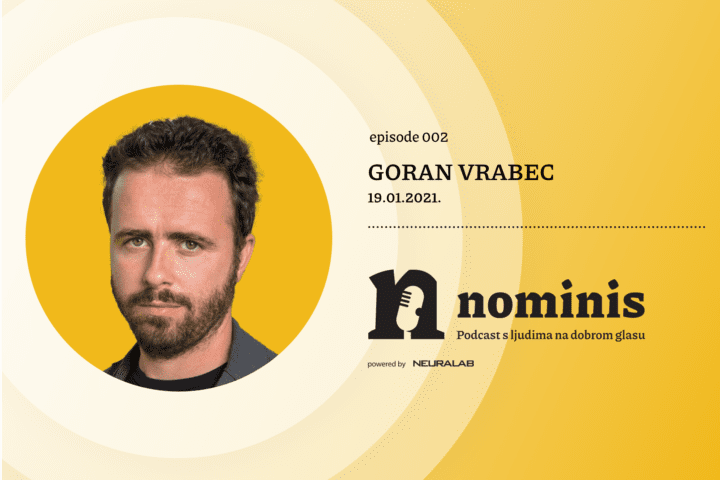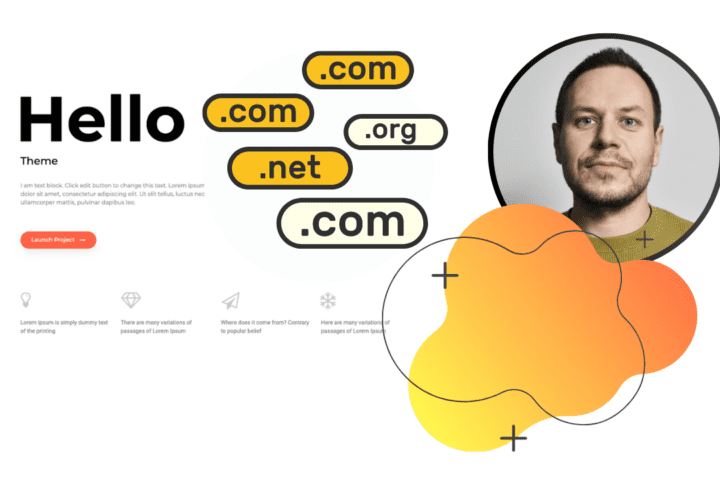You heard about Crno jaje, you heard about the Glas poduzetnika association (15 000 members in less than a year!), and you most definitely heard about the person behind both of them - Hrvoje Bujas. In this one hour interview, you`ll get a peek into the mind of one of the Croatian eCommerce pioneers.
Industry secrets. Sans the fluff

WordCamp Basel 2025 re-cap: Looking for wiener schnitzels in a sea of noodles
WordCamp Europe 2025 in Basel showcased WordPress at its most mature and strategic. The event brought together 1,723 professionals from 84 countries for essential discussions on accessibility implementation, sustainable development practices, and enterprise-grade solutions. WCEU proved that WordPress now powers critical business operations across industries, supported by a community balancing innovation with practical implementation.
You are reading: eCommerce
eCommerce Hrvatska webinar series invited Neuralab to tackle one of the most sought after answers of every eCommerce Q&A - How to prepare content for the WooCommerce webshop?
Goran Vrabec is an entrepreneur who successfully combined agriculture, trade, catering, and eCommerce within the Volim ljuto brand.
To spice up the end of the year, we've got some exciting updates to share. Now it`s clear why they say that good news comes in threes!
Believe it or not, good product titles can be a strong indicator of the seriousness of your eCommerce tactics. In a nutshell, the proper method of writing them is pretty simple, it only requires to stop beating around the bush and get to the point.
Netokracija`s Digital breakfast definitely stir up some speculations about next year’s state of eCommerce.
Information overload is a common thing in the modern world. Data is all around us. Computers, mobile phones and all the other electronic devices are constantly feeding us with facts. If we’re bad at filtering and even blocking information, infobesity can be a real thing. One of the solutions is a digital assistant to help us filter and organize all of the data, and that is the dashboard.
Venturing into eCommerce projects is objectively challenging for larger enterprises. Most of them have existing layered procedures about stock management, distribution practices and already stretched ERP or CRM systems
Create a personal clothing line, monetize the audience or make a specific niche custom product, all of it without having to spend a penny or keep an inventory of your own - what a time to be alive! But like most of the things that sound too good to be true, it probably is.
In previous articles of the series, we covered the first two crucial steps in launching an online store. We started with selecting the platform and planning the content that a successful webshop must have. Today, we're tackling other technological aspects: which hosting service to purchase and which ready-made theme to install?
Content is the key factor that brings users to interact with your brand. Content is king, and eCommerce is no exception. From business plans, general content, and product descriptions, these are the elements that every successful webshop must cover.
eCommerce designers, gurus and developers have been advising, begging and shouting for a whole decade. They draw graphs, sit in meetings and whisper to clients that eCommerce is just the thing for their business! In the sea of online shopping platforms, one stands out - WooCommerce.















